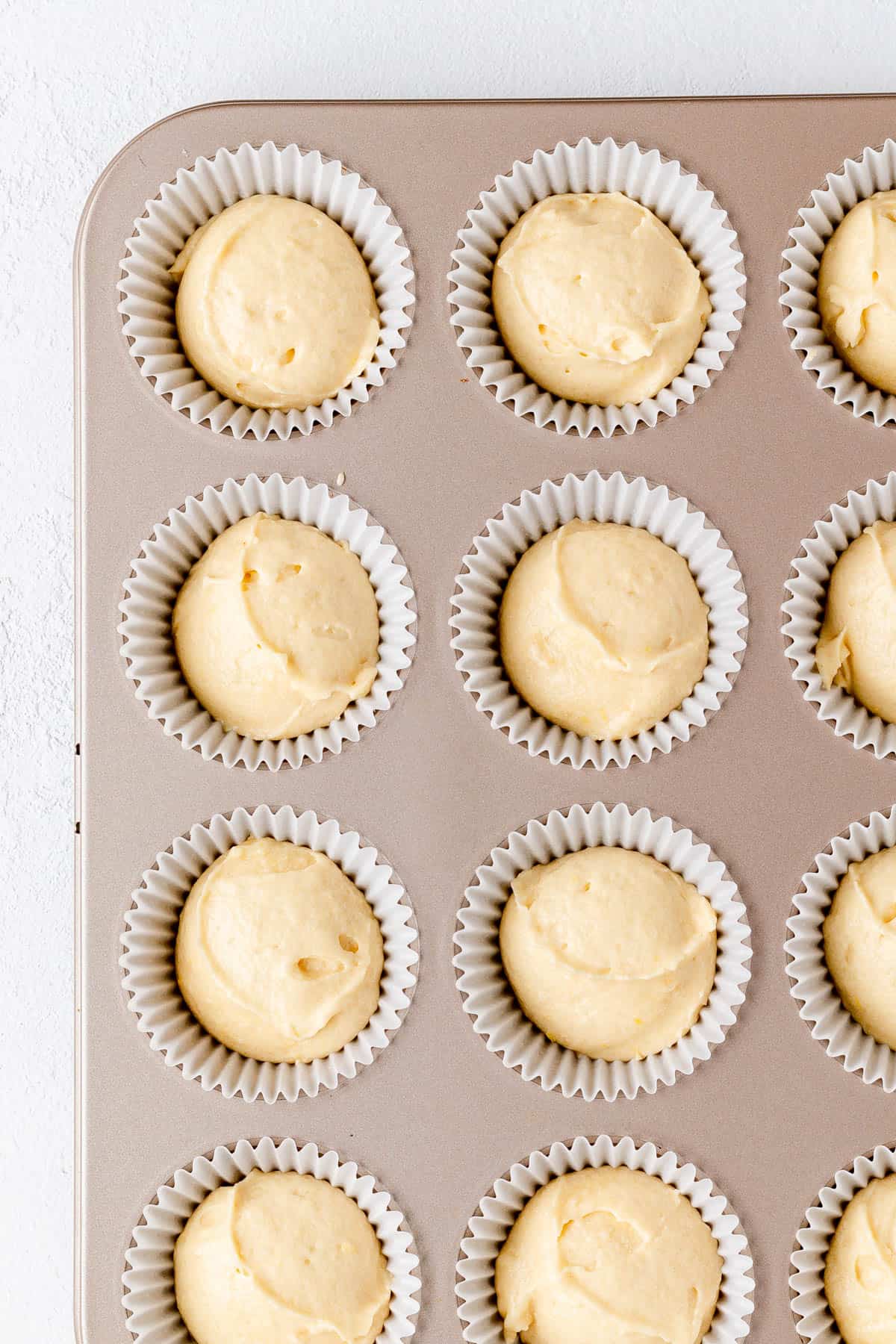Our oven is arguably the most important piece of equipment we have in our kitchens, and it’s SO important to understand how to use the convection bake vs. bake settings to maximum your oven's capability to produce the tastiest treats.
Jump to (scroll for more!):
Standard vs. Convection Ovens
While convection used to be an option only available on commercial ovens, it has become widely available for residential ovens of all kinds these days.
If your current oven has a convection option, there are a few things you'll want to know:
- When to use convection baking
- What benefits convection baking has compared to standard baking options, and when it might do more harm than good
What is a convection oven?
In short, convection ovens, are ovens with a fan in them, and convection baking is baking with a fan running in the oven.
Convection bake settings use a fan built into your oven (typically in the back wall), which forces hot air to move around the oven box. This creates a different baking dynamic than when no fan is present.
In the technical sense, you can bake pretty much all recipes on either setting. However, there are certain types of products or situations that will benefit from convection air flow more than others.
How Standard (Radiant) Heat Flow Works
If you either don’t have or have never used a convection fan in your oven, your products will primary be heated through radiant heat.
As you might guess, this is heat that “radiates” from your heating element. (This is an electric heating element for electric ovens, or flames for gas-powered ovens.)
The heat created by your heating element is trapped inside the oven box, super-heating the air. That hot air then slowly starts to raise the temperature of whatever you’re baking.
This is because hot air naturally moves towards the colder product. Your dough or batter will also get some direct heat conduction from the tray/pan it's baked on/in as well.
How Convection Heat Flow Works
Convection ovens use the same radiant heating elements described above (either electric elements or gas flames). But, they add a fan component to the mix.
This essentially forces the hot air around the oven box, which theoretically should create a more even heating environment throughout the oven.
Convection fan placement varies from oven to oven. Therefore you'll find some variation in air flow patterns across different brands and oven models.
Regardless of the specific air flow pattern, all convection ovens aim to move hot air more quickly and consistently to the parts of the oven that are further away from the heating elements.
Converting Bake to Convection Bake
As a general rule of thumb, when baking a recipe written for a standard oven in a convection oven...
Start by lowering your baking temperature by 25°F.
So if the recipe says to bake your cookies at 375°F, you would set your oven to "Convection Bake 350°F."
If you’re new to using your oven’s convection function, I’d recommend checking your particular oven’s settings. This is especially important because my oven (and many others), automatically makes this adjustment for me.
Ovens That Convert for You
So for my self-converting oven, when I choose "Convection Bake" and enter "375" as the temp, my oven automatically sets itself to "350."
I know this because "350" displays on the electronic read out even though I entered "375."
Therefore, I don’t make any additional adjustments to my temperatures when baking in my particular oven.
Why convert at all?
So why is this necessary, anyway?
Convection air is “forced” heat, which is harsher than a standard radiant bake.
Because of this, it’s helpful to lower the temperature slightly to keep your product's baking dynamics closer to the proper bake timeline.
This ensures that you don’t end up with a super browned surface and a raw center, which can often happen when switching to a convection bake without making up for the temperature difference.
The Short + The Sweet
Standard heat transfer uses radiant heat, typically concentrated at the top and/or bottom of your oven. This is a gentler form of baking that allows a slow and longer bake time for your products.
Convection heat transfer forces the hot air from your heating elements to move through the oven. This evens out the heat distribution for a more even bake. It also means a harsher bake, which promotes quicker browning and a physical airflow that can affect delicate products.
When using the convection setting for a recipe that calls for a standard baking temperature, start by lowering your bake temperature by 25°F (if your oven doesn’t automatically do that for you) and see how it goes.
Currently Preheating…
I was going to keep on going with this one, but when I started diving into when to use convection, this lesson took on a second mind of it’s own!
We’ll end here for now, but next time we chat about ovens, we’ll talk about when standard and convection methods really shine, and the benefits and pitfalls of each for specific products.

Ready to learn more and put all your new skills to good use?
Check out my newest tutorials and recipes below, and get to baking!
This website contains Amazon affiliate program links. This means that I earn a small commission on qualifying purchases at no additional cost to you. I will never provide a link to nor recommend any product or service that I don’t genuinely love or personally use. Thank you for supporting MINT + MALLOW kitchen and the brands that keep this blog running.



























Comments
No Comments